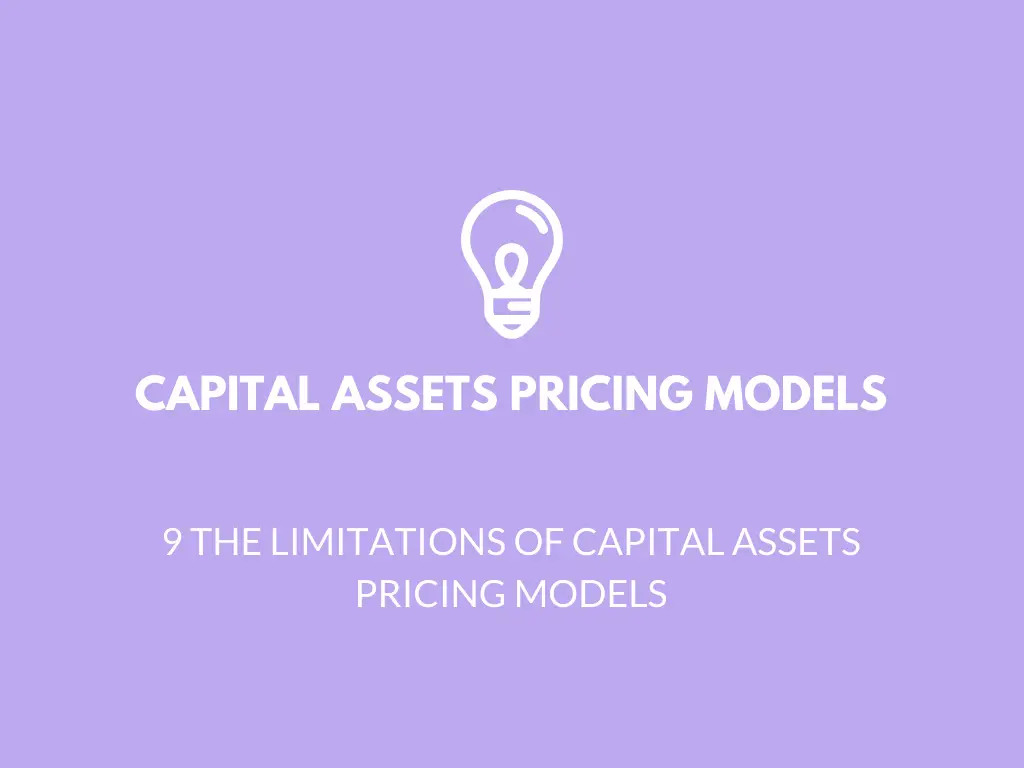Standard costing:
Standard costing is an eminent way of keeping the business costs on track. It is the process of estimating future costs and expenses and comparing them to the actual data in order to analyze how the differences can be manipulated or altered for the betterment of the company.
Several budgets are prepared by all the departments of a company. All these small budgets are then put together to form a master budget or financial plan.
The company maintains its costs and revenue as per the budget in order to maintain maximum profitability.
When the actual costs/revenue are incurred, they sometimes vary from the budgeted cost and revenue. The difference between the two is referred to as a variance.

All the major heads of costs are compared; budgeted to actual, and the differences are calculated and analyzed. This process is known as variance analysis.
There are various advantages of standard costing and variance analysis but like everything else in this world, variance analysis has its shortcomings as well.
Limitations of standard costing and variance analysis:
- Subjectivity: Variances are only considered or analyzed when they are material. The word material is a subjective topic that involves judgment of the management as to which amount is considered material or worth the consideration. Many conflicts may arise due to various judgments being involved in determining the materiality limit. Secondly, the entire budget plan is prepared by compiling predicted data based on the current year’s financial statements. There are definitely going to be variations by large margins if the budget has been prepared loosely.
- Manipulation of variances: The variances can be manipulated by the employees for their own use. The management may take incorrect measures to get a favorable variance or to avoid an adverse variance. For example, the company might purchase higher units of low-quality material at a cheaper price just so the material usage variance could be favorable. Workers can also try to conceal negative variances to hide their inefficiencies or because it benefits them personally.
- Further investigation required: A variance analysis once performed only provides an amount indicating the change in profit or revenue. The decisions can’t be based on just this little bit of information. A proper investigation is required to check for the reasons a variance was created even if it was a favorable one. This investigation is another time-consuming task. Variance analysis is useless without further investigation of such differences between budgeted and actual amounts.
- Reporting delay: The budgeted data becomes more irrelevant and useless as the duration of the accounting period increase. This is because the figures are estimated at the year-end and by the time these budgeted expenses are actually incurred the budgeted figures become too fictional. Hence, a continuous budgeting system is the most efficient way of standard costing otherwise the variance analysis might not be as accurate.
- Technological industry: The variance analysis and standard costing system are not so suitable for a dynamic industry such as a technological one. If the production processes require revisions frequently due to obsolescence or change in the dynamics of the technological industry, a new budget must be prepared every time a change occurs. This would be too heavy on the pocket since budget management requires a lot of resources and time.
In conclusion, even though the variance analysis helps us big time in keeping control over our costs and expenditures, it has a few disadvantages too that must be kept in mind before setting up a budget management system.

